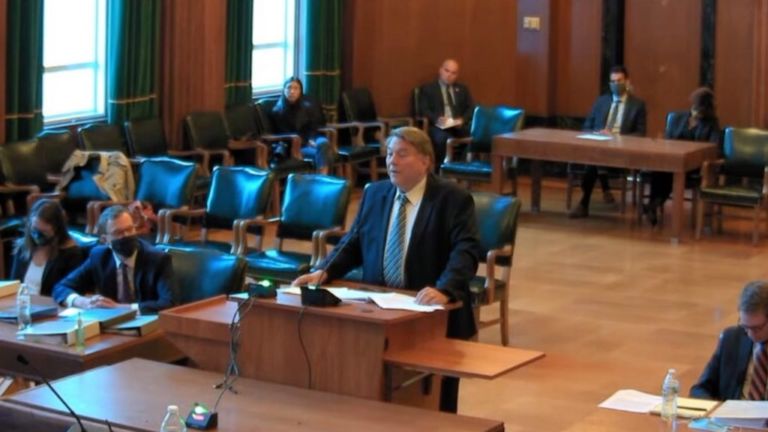Economists Katharine Abraham and Melissa Kearney find that trade- and technology-induced reductions in the demand for labor are the primary reasons fewer young and prime-age adults were working in 2016 than in 1999. Higher minimum wages have made it more expensive to hire somebody. Disability insurance has made work less desirable. And a larger share of the population having prison records reduces options for work.
Abraham and Kearney could not draw a definite conclusion on the role of occupational licensing, but saw it as a possible factor along with “improvements in technology, changing social norms, increased drug use, … and the costs and challenges associated with child care.”
Given the dramatic increase in occupational licensing over recent decades and the theoretical rationale for believing this might have led to net reductions in employment, it is plausible that occupational licensing contributed to the decline in the employment-to-population ratio over this period. It could have done so in part by making it more difficult for workers who lost their job due to other factors, such as trade or technology, to start their own business or enter a new occupation. At this stage of the literature, however, we find it difficult to draw any strong conclusion about the labor market effects of the growth in occupational licensing and flag this as an area warranting additional research.


